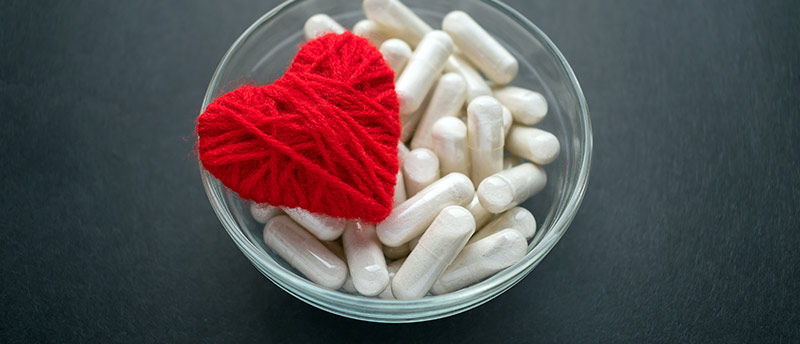5 Things to Avoid When Taking Blood Thinners

Blood thinners can prevent blood clots in the body. You may know clots as scabs: the itchy covering your body forms over cuts and scrapes. Clots can form internally and externally. Inside your body, clots can block blood flow to essential organs including the heart, lungs and brain. This means they can do serious damage if left untreated.
Are Anticoagulants and Blood Thinners the Same?
Blood clots can cause a number of severe health problems, including:
- Stroke
- Heart attack
- Artery blockage (embolism)
Physicians often prescribe blood thinners to patients with risk factors for blood clots. These risk factors include heart rhythm issues (arrhythmia or atrial fibrillation) and recent leg or foot surgery.
As with any medication it's important to understand how to use blood thinners safely. All drugs - over-the-counter or prescribed - come with a clear label. The label explains how to correctly use the drug and how to avoid potentially harmful interactions. These interactions can come from food or other medications.
Learn how to understand any drug label here.Despite the drug label, it can still be hard to understand how to minimize harmful reactions to blood thinners. To help consumers use blood thinners correctly, we've compiled this list of things to avoid while taking blood thinners.
1: Foods Rich in Vitamin K
For individuals taking the blood thinner warfarin (Coumadin), vitamin-K can interfere with the drug. Anyone taking warfarin should avoid vitamin K-rich foods, including:
- Spinach
- Brussels sprouts
- Kale
- Green tea
Why vitamin K? This organic compound naturally plays a huge role in our blood's ability to clot. If it is regularly ingested, it can essentially reverse the medication's anticoagulant properties.
However, don't eliminate vitamin K entirely from your diet! There are many healthy foods that include the nutrient. Instead, stay consistent with how much of the vitamin you're ingesting. Choose vegetables with lower amounts of vitamin K like tomatoes, carrots and peppers. And always confirm dietary or medication changes with a doctor.
2: Alcohol
You don't have to cut out alcohol from your diet completely. But it is best to drink only in moderation. Binge drinking, defined as having four or more drinks within two hours, can affect how quickly your blood clots. It also impairs your coordination and can increase the risk of falling.
When a person is on blood thinners, a simple fall can cause severe bruising or internal bleeding. Falls were especially dangerous for those taking Pradaxa before its antidote was released. If they fell and experienced a serious bleed, physicians essentially had no way to help.
The antidote was released in 2015, but thousands of people filed Pradaxa lawsuits before its release. They claimed manufacturer Boehringer Ingelheim failed to warn people of the dangers Pradaxa posed without an antidote.
3: Contact Sports
Similar to alcohol, contact sports can cause internal injuries by way of trips and falls. Athletes may experience internal bleeding in the course of normal game play.
Blood thinner users can avoid such risks while still maintaining physical activity. Less vigorous exercise options include:
- Swimming
- Biking
- Walking
- Water aerobics
- Zumba
- Spin class
These activities carry a lower risk of falls and other contact injuries.
4: Non-Steroidal Anti-Inflammatory Drugs (NSAIDS)
If you take prescription blood thinners, steer clear of NSAIDs like aspirin and ibuprofen. This family of over-the-counter medication can double your risk of internal bleeding.
Even if you think one dose of a NSAID won't matter, think again. According to Health24, a quarter of major bleeds occur within 8 days of taking the pain medication. And some can even happen within a single dose.
If you need pain relief, acetaminophen (Tylenol) is a safe alternative.
5: Grapefruit Juice
Grapefruit and grapefruit juice have major health benefits due to nutrients like vitamin C and potassium. Still, it is best to steer clear of this food while on blood thinners. Similar to vitamin K, the compounds found in grapefruit and grapefruit juice can counteract blood thinners.
Still craving a citrus beverage? Reach instead for a safer option like orange juice that won't interact with the drug.
Stay Aware and Stay Safe
If you take blood thinners, be aware of their potential side effects and interactions. Pay attention to any bodily changes. Consult your doctor if you experience severe symptoms such as difficulty breathing, arm or leg pain, or blurred vision.
